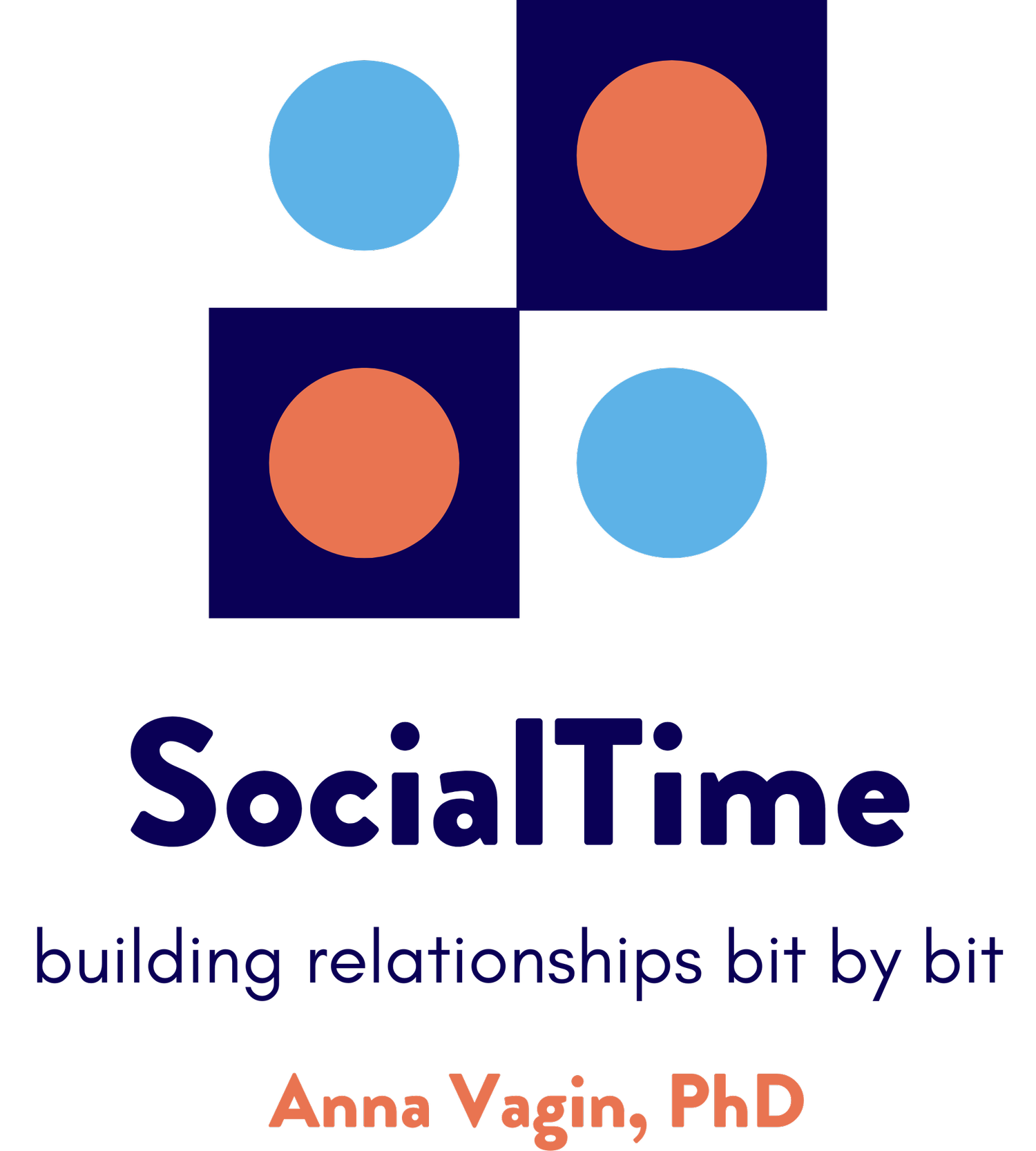Peeling back those layers of feelings!
Great shots from "Egghunt" by Paul Yan (Oct 10, 2006) - freeze frame allows you to pause and discuss. Students decided feelings and thoughts of the main character at the beginning of the story and then when the real "action" started, and I wrote them up on stickies to help keep the two perspectives straight while we talked about the predicament. Read the activity section below for more info!
Years ago, at the annual meeting of the Autism Society, I had the pleasure of hearing Jennifer Cook O'Toole speak. She's the author of a number of great books for "Asperkids", as well as a fabulous speaker. My take-away, and what has really stayed with me since then, was her comment about the Disney/Pixar movie "Inside Out". She described how, while sadness and fear often get to the emotion control panel first, anger comes and pushes them out of the way.
When I think of the children and young adults with whom I work, her comments ring so very true. Anger is such a visible and attention seeking emotion! Storming up and making a ruckus. Using unfriendly words and actions. Getting defensive. Sometimes growing in size VERY quickly. Effectively pushing away other, perhaps even more uncomfortable, thoughts and feelings.
But it's so important to recognize that, as Jennifer reminded me, anger is usually not the first nor only emotion in the room. So often our students are sad, afraid, and overwhelmed with what is happening around them. Yes, they may respond in ways that reflect the anger that "takes over", but the more we can consider the other, uncomfortable but equally (perhaps even more) important emotions, the more we can support emotional learning.
Have I been known to snap at my well-meaning husband when he reminds me "don't worry, just take a break - you will get your PowerPoints finished on time"? Well, yes. BUT, underneath that quick reaction of "I don't want to take a break!!" are my feelings of fear that maybe I WON'T get them done on time or that my audience WON'T think I am well-prepared or interesting. It's "easier" for me to snap at my husband and let my anger take over than it is to pause and consider my sad and scared emotions and thoughts (and what I can do about them).
How can we support students start to think, talk and learn about this complex interplay of feelings? Here is one idea, this time using Paul Yan's terrific YouTube - Egghunt. Proof that, yes, even cavemen had feelings!
SESSION ONE
We watched the video twice. I often let students watch one time straight through - then they are usually eager to see it again (remember, they think they are NOT working), and more patient with my stopping for discussion. The second time, we identified the caveman's thoughts and feelings at the beginning of the story and again when he felt threatened by someone who he felt was going to take what he saw as "his" eggs. When we discussed how he seemed immediately angry at the other caveman, we went back to remind ourselves of how much he wanted the eggs, felt hungry, and really wanted to get them. Students agreed that underneath that show of anger, there probably were feelings of sadness "but I want those", and fear "oh no, he's gonna take them". That led to a discussion about how, like Anger in Inside Out, this very powerful emotion can become The Boss (student's term) - nice work everyone!
SESSION TWO
What might we do as a follow-up? Well, there are lots of options! If our emphasis is to talk about how anger can dash ahead of sadness and fear, we might want to watch more YouTube videos in which characters demonstrate anger in lieu of other emotions, and work to have similar discussions to the one described above. Certainly, we can read story books with younger children as well. Using lots of sources and showing multiple instances of emotional situations allows for learning via multiple, different exposures - as well as lots of interesting, lively conversations - have fun!
Yes, Spring is on the way,
Anna


